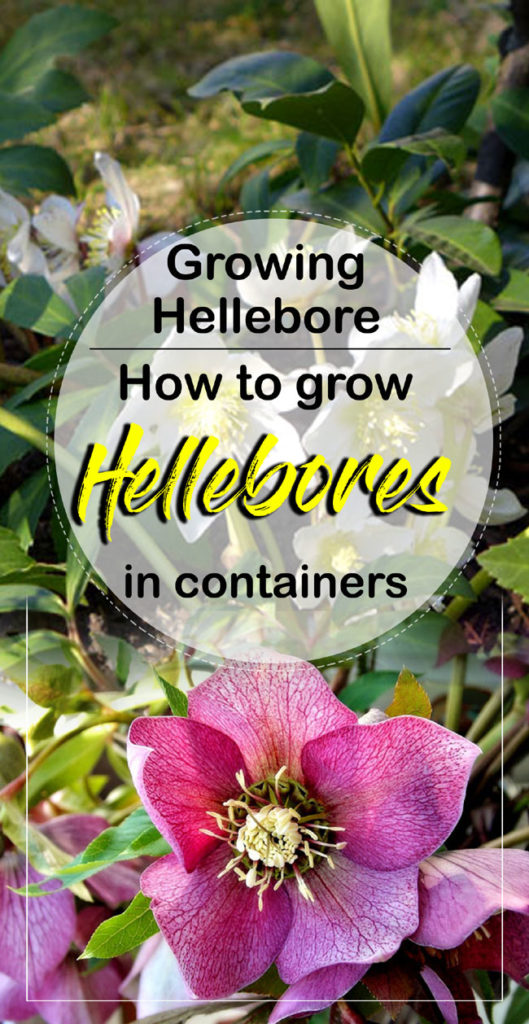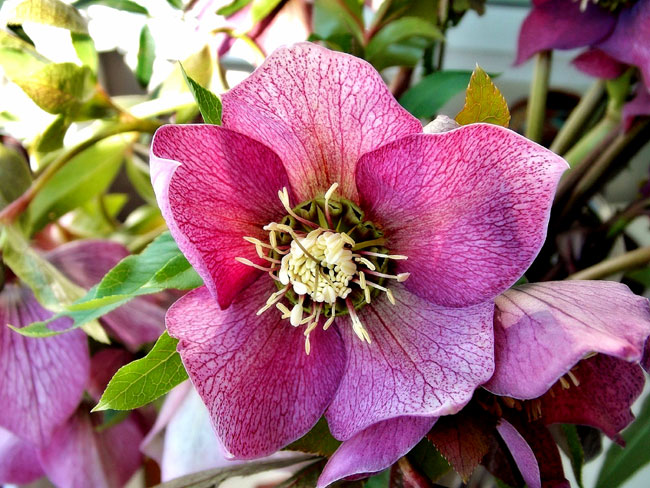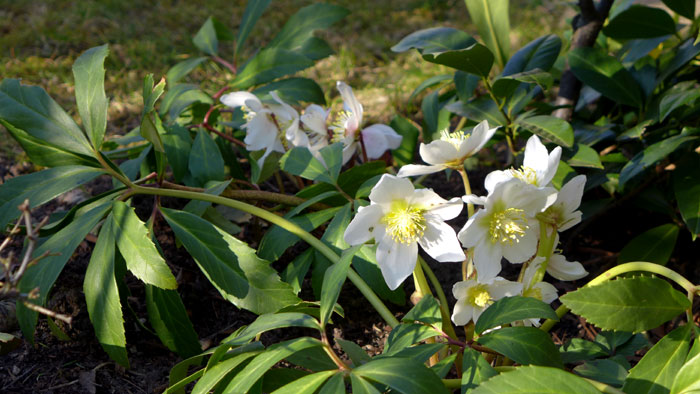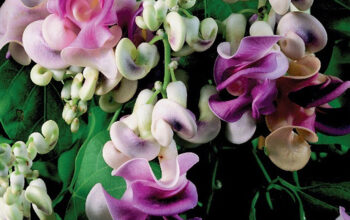Hellebores (Lenten roses )
Learn how to grow Hellebores in containers, Growing condition of Hellebore, Hellebores Care, Pests Problems Hellebores and more about this plant. Hellebore (Lenten roses) is an elegant perennial winter flower, which is suitable for shady areas during late winter and spring. Some of its species are grown as striking evergreen architectural leaves. Hellebores plants prefer to grow in rich, well-drained soils and shade area. Avoid planting too much dry or soggier soil for this. When strong, cold winds require shelter. Most hellebore species are well-developed in USDA Hardiness Jones 4- 9.
The Christmas Rose may bloom in December in the Zone 7 or warmer but it does not bloom in the cold weather till spring. Most of its species bloom from December to April and keep blooming for a month or more. Know about.
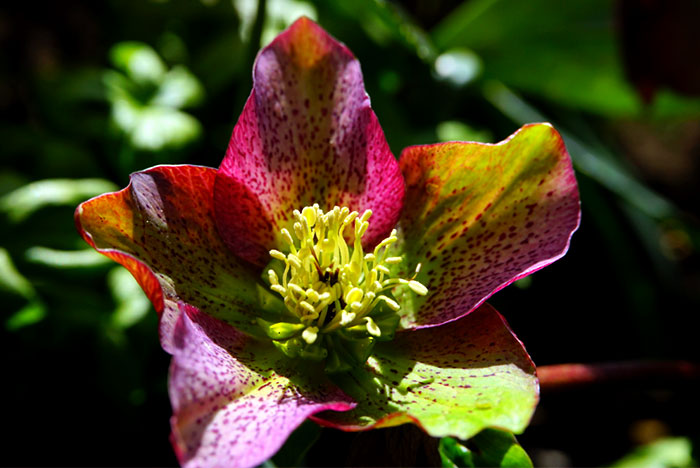
Classification
Scientific name Helleborus sps
Common name Christmas rose, Lenten rose, Green Hellebore, Stinking Rose
Plant type Flowering plant
Sun required Part Sun / Sun
Flower color White creamy shades, tinged with green or pink
Blooming time December to April
Planting time Early spring
Soil Well-drained organic-rich soil
Soil pH 5.5- 6.5
Zone 4- 9
Growing condition of Hellebore
Soil
Hellebores are easy to grow if you follow some simple guidelines. Hellebore plants prefer a rich soil with moisture, these plants also require excellent drainage, if you grow them on the slopes, you will not need much care, and they will naturally dry up. Because of their natural habitat, most are found on slight alkaline so that it does not really matter whether the soil is neutral or slightly acidic, according to the condition when you use a lot of nutrients.
Avoid poor dry soil or waterlogging soil. Hellebore can tolerate dry conditions in the summer, but save it from the warm heat of noon. Do not keep this plant in much shade, otherwise, the production of flowers may be reduced. These plants need shelter from cold winds.
Sun required
These are shade garden plants and prefer partial to full shade. They can tolerate the spring sun, but if you plant them in the shades of a tree.
Propagation
Hellebore plants usually produce seeds in the spring, the seeds develop in pods that appear after blooming. You can hold off hellebore seeds until next spring or fall. But due to late delays, planting can affect the seeds propagation.
Division
These plants are usually long-lasting. Regularly mulching it keeps the plant healthy and helps in keeping free flowers. Normally the plant does not need to be divided to keep healthy, but if you want to transplant or divide it, the best time is September or October.
Take out the whole plant to divide it and wash it well to free the crown from the soil, later divide the growth with a sharp knife, keep at least three buds in each division, The plant develops very rapidly.
How to grow Hellebores in containers
- As soon as possible, seeds of Hellebore sow from June to August, use black gold 75% and 25% perlite to sow seeds. Sow the seeds thinly and cover them with light soil.
- Leave the pot in the open, but avoid direct sunlight, do not let the soil dry.
- When the germination began to appear, move the pots to the cold greenhouse. At this time it can damage the slug and rat, keep in mind.
- When the leaves begin to appear and the plant is worth to handle, then transplant it in a small pot.
- Use potting soil in the pot. Once the plant has matured, you transfer it to a larger pot as needed.
- Regularly give liquid fertilizer to the plant after 6 months.
- If you can also plant it by dividing, place the hellebore in the well-drained soil and put it in a sunlight or shady place, before planting, add good organic matter to the soil. Read more.
Partner plants
Hellebores are beautiful with other shade plants such as Ferns, Tiarella, Campanula, Alchemilla, Hosta and Phlox divaricata, along with these they make your woodland gardens live. These are great additions to your shady gardens border.
Hellebores Care
- We like to apply our Garden Helburos X Hybridus Ashwood Garden Hybridscombind. To grow in summer, ‘Rosen’ and ‘Anne Pholard’ are the perfect varieties.
- Pruning of the hellebores is required if its canopies develop. It provides a top floor of deciduous trees with wind and strong sunlight.
- Preparation of soil before planting is most important because its roots are deep, so digging deep is better for its development.
- Water this plant well, if it is unnecessarily dry, These plants require moisture, you can maintain many humidities in the form of a leaf mold.
- Use mushroom compost or well-rotted compost for Hellebores Plant. Remember to give your hellebores plants water well during the first year. When there is a new development in the plant then apply a lightweight application of balanced or slow release fertilizer with organic modification.
- In the late spring, it can get slug or snail damage, control if visible.
- After flowering in the plant, remove old and faded flowers. If you want to get the seeds of flowers, keep some flowers safe from it, next year it will be useful to encourage new growth.
Pests Problems Hellebores
These plants are usually insect free but slug and aphids are visible. Sometimes the aphids can attack the plant, spray it with fungicide as they can present the virus.
Read also: Growing and planting Freesia flower.
How to grow Mussaenda Bush
Happy gardening
For Pin:
